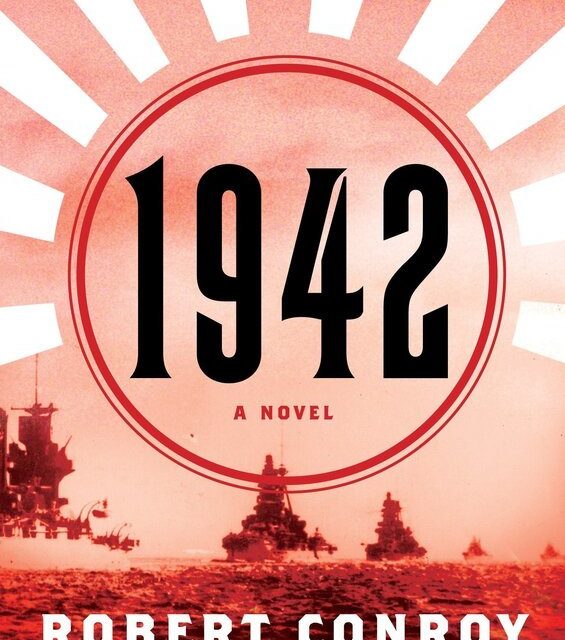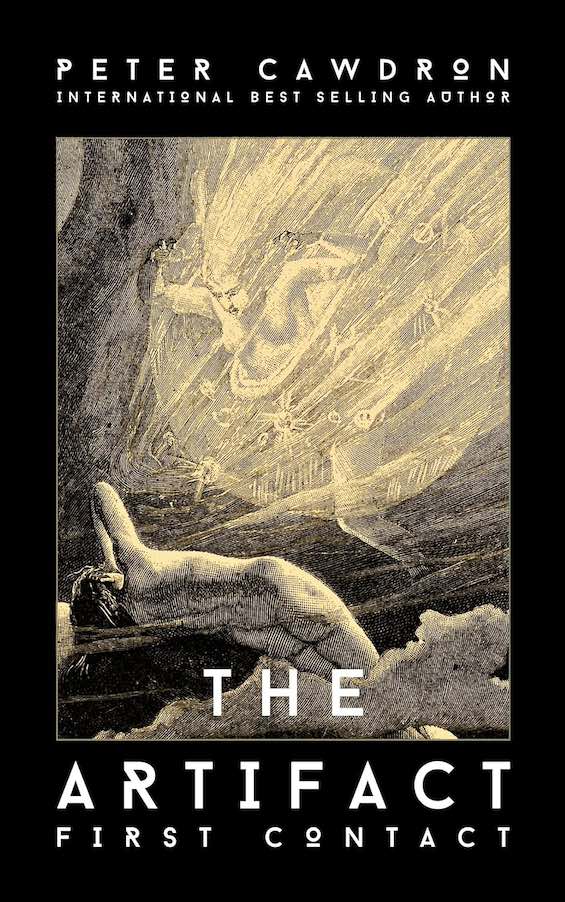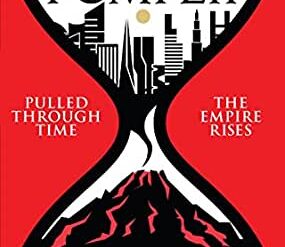
The hinge of history turns on chance, and alternate history grabs that insight and shakes it in our faces. When we ask the “what if” questions that arise as we ponder the past, historians shrug. The gist of their responses tends to be “it is what it is.” But a small number of authors who indulge in writing alternate history refuse to settle for that answer. They know, as do we all, that major historical events are complex beyond our comprehension. Like the butterfly flapping its wings in Brazil and causing rain to fall in Chicago, the action or inaction of a single person at a pivotal moment might shift the course of history. And no event in the story of the human race is richer with those possibilities than World War II.
Within the field of alternate history two men have proven to be the most prolific recent practitioners. Harry Turtledove (1949-), who holds a PhD in Byzantine history, is the best known of the lot. Alternate history abounds among the scores of historical fiction, science fiction, and fantasy novels he has written. Unfortunately, I’ve found his writing so crammed with clichés that it’s unreadable. The sixteen alternate history novels by the late Robert Conroy (1938-2014) won’t win any literary awards, either. The writing style is pallid, even deadly dull at times. But his seven alternate histories of World War II display a deep knowledge of the men and machinery who drove the war and a masterful command of plotting. And he brings that skill to bear with great effectiveness in 1942, in which he speculates about what might have happened had Japan finished the job in its attack at Pearl Harbor.
1942 by Robert Conroy (2009) 369 pages ★★★★☆
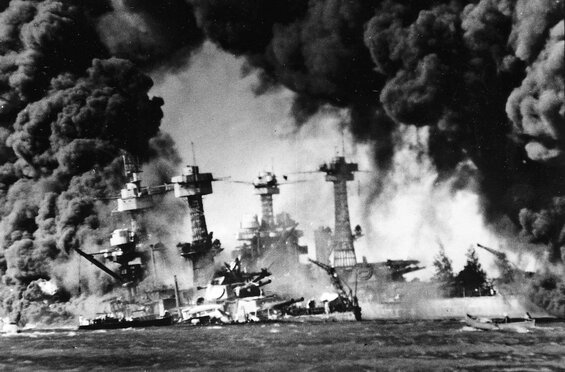
The attack at Pearl Harbor was a failure
Most historical accounts of the sneak Japanese attack on Pearl Harbor on December 7, 1941, refer to it as a catastrophe for the United States. Unquestionably, it was the most devastating defeat by the US Navy in its history. 2,335 American officers and men were killed and another 1,143 wounded. Of the eight US battleships in the harbor, four were sunk and the other four heavily damaged. The US also lost 188 aircraft, with another 159 damaged. But, from a strategic standpoint, the attack was a failure for the Japanese Empire, and Admiral Isoroku Yamamoto (1884-1943), the man who’d planned it, was well aware of the fact.
What didn’t happen at Pearl Harbor
What didn’t happen at Pearl Harbor was at least equally important as what did. The three American aircraft carriers stationed there had long since left for destinations elsewhere in the Pacific, far beyond the reach of the Japanese Navy. The torpedo storage, maintenance, and dry dock facilities were unharmed. And, by far most significant, the oil storage tanks located inland on the island of Oahu lay untouched. The 4.5 million gallons of fuel they held was more valuable than any ship in the Navy, and it would take months to replenish it. The loss of that fuel could have kept the US Navy out of the Central Pacific for a year or more—and allowed the Japanese to occupy the Hawaiian Islands.
In fact, the commanders of the Japanese carriers that had launched the two waves of the attack on the harbor were ready to send out a third precisely in order to take out the oil storage tanks. But Admiral Chūichi Nagumo (1887-1944), who was in charge, refused to allow it, despite his staff’s recommendations. And that is the hinge on which Robert Conroy bases his tale in 1942.
A sprawling cast of characters, both historic and fictional
This novel abounds with figures out of history, both Japanese and American. Admirals Yamamoto and Nagumo, Nagumo’s key staff members, and Prime Minister Hideki Togo (1884-1948) all enter the stage. So do Admirals Chester Nimitz (1885-1966), Raymond Spruance (1886-1969), and Ernest King (1878-1956), among others, as do General George C. Marshall (1880-1959) and President Franklin D. Roosevelt (1882-1945). Also figuring in the story is Captain Joseph Rochefort, the US Navy cryptanalyst whose discovery of Japanese plans led to the American victory at Midway.
But Conroy’s tale hangs on the actions of a handful of fictional characters. In various ways, they’re involved in the American response to the Japanese occupation that follows the third wave of attacks on Oahu. Among them are a captain in military intelligence based at Pearl Harbor, the young widow of a naval officer who died in the water in the Japanese attack, a crooked American supply sergeant, a naval pilot, the Japanese-American businessman who is the unelected leader of the island’s sizable Japanese community, and his son, a wounded veteran of Japan’s war in China. On the side of the occupiers we meet the admiral in command and the two sadistic leaders of the Kenpetai, the vicious Japanese military police dispatched to the islands to manage security.
It is realistic? Maybe
I’m not sufficiently familiar with military tactics to understand the feasibility of the American campaign Conroy describes to retake the Hawaiian Islands. But it seems plausible, and his portrayal of the historical figures comports with what I know of them through my reading of history. It’s possible that a combat veteran experienced in planning battle tactics might dismiss Conroy’s portrayal of the action. In the end, the rapidity of the American action and its success may seem far-fetched to a skeptical reader. But no matter. The story is exciting, and it brings home once again how foolish we are to assume that history had to happen the way it did.
About the author
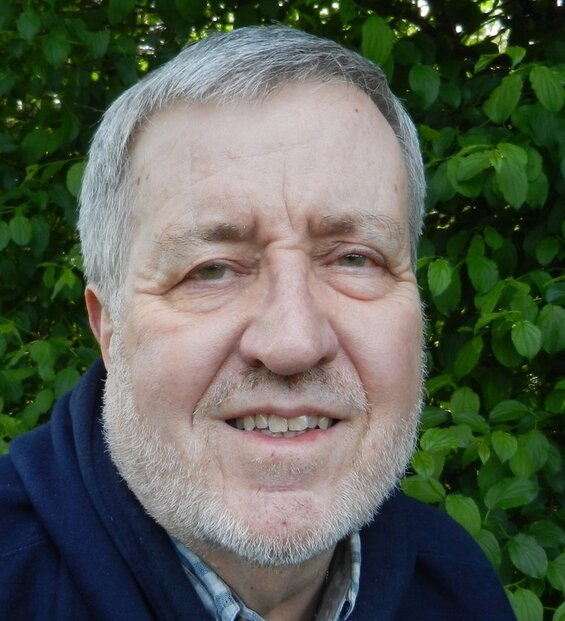
Robert Conroy (1938-2014) wrote sixteen alternate history novels published between 1995 and 2018. With an MBA degree, he had taught business and economic history at Macomb Community College in Michigan. He turned to alternate history after his early retirement.
For more reading
This book is one of the best Books about World War II in the Pacific.
I’ve also reviewed two other alternate histories about World War II by Robert Conroy:
- Red Inferno: 1945 (What if the Cold War had turned hot in 1945?)
- 1945 (What if Japan hadn’t surrendered?)
If you enjoy alternate history, see my post 10 best alternate history novels reviewed here. But if you prefer the factual stuff, see 20 top nonfiction books about history.
For more good reading in science fiction, check out:
- The ultimate guide to the all-time best science fiction novels
- Great sci-fi novels reviewed: my top 10 (plus 100 runners-up)
- The five best First Contact novels
- Seven new science fiction authors worth reading
- The top 10 dystopian novels reviewed here (plus dozens of others)
And you can always find my most popular reviews, and the most recent ones, plus a guide to this whole site, on the Home Page.

